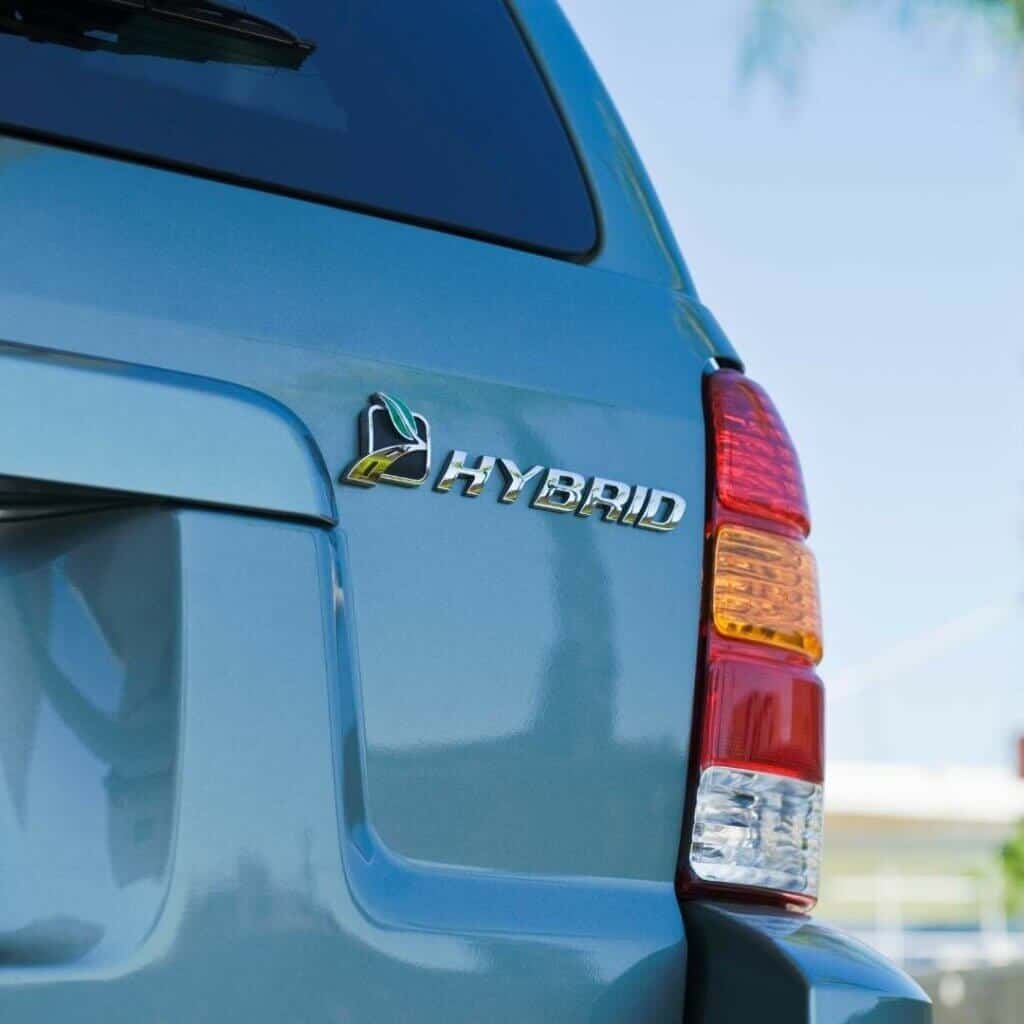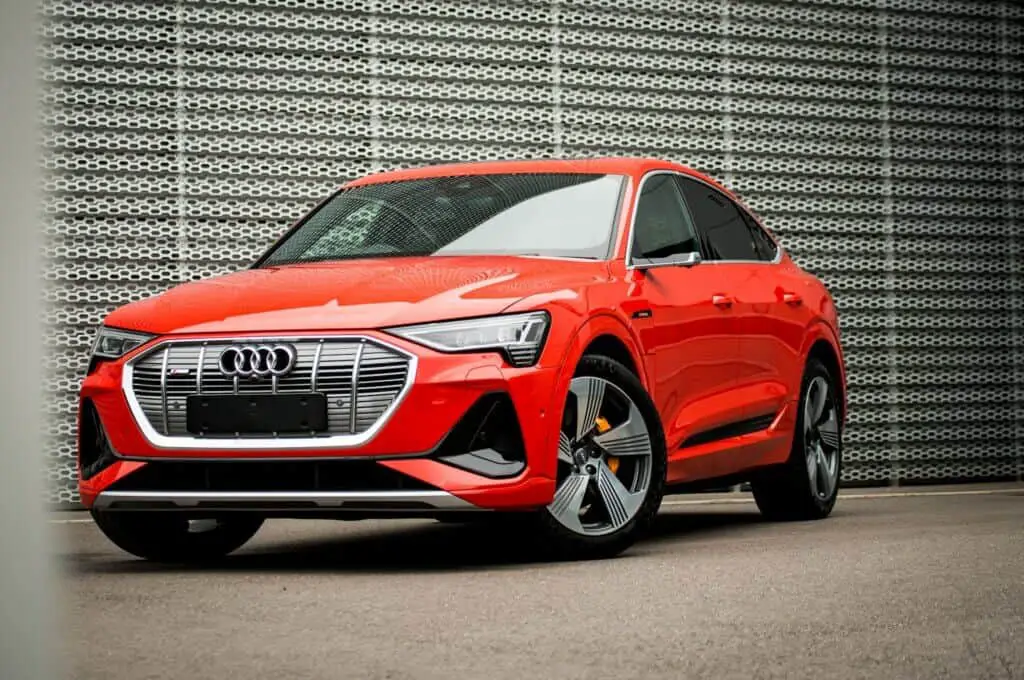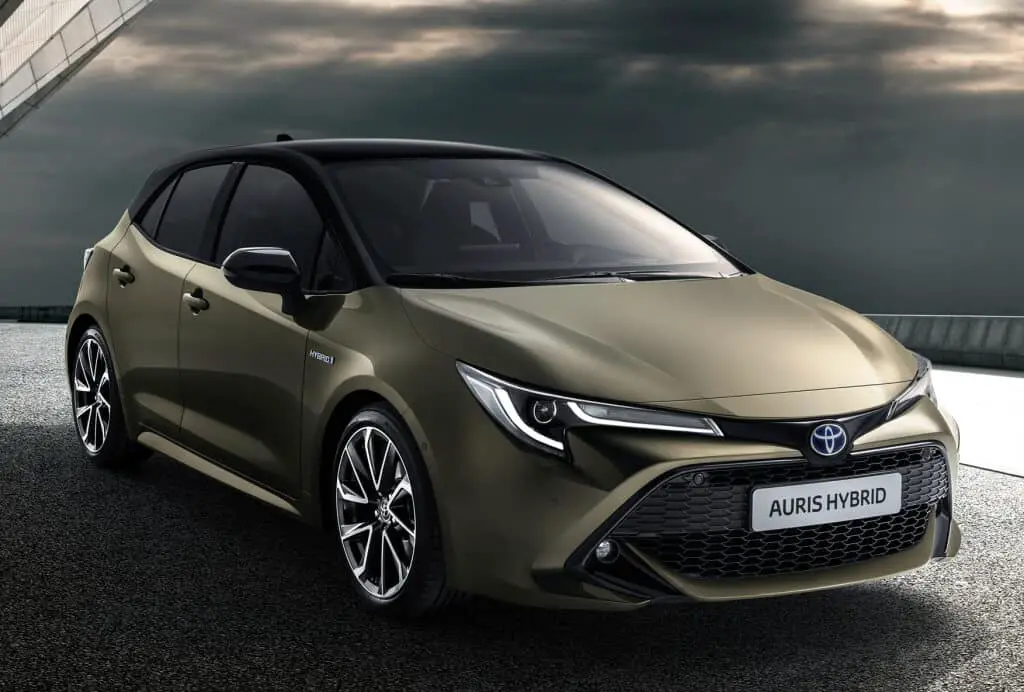Curious about the impact of Charge Point Statistics on your electric vehicle charging strategy?
Explore the transformative potential of comprehensive data insights on charging infrastructure, usage patterns, and industry trends.
The amount of pollution produced by carbon emissions is no longer an issue to overlook. We only have one earth. The least we could do is to become environmentally conscious and seek ways to preserve it.
Across the US, transportation is responsible for 27% of all greenhouse gas emissions; in California, the percentage is even higher, at nearly 40%. The more electric vehicles on the road, the fewer greenhouse gas emissions will be produced
This is the major reason why Electronic Vehicles are becoming more popular; as people are seeking cleaner transportation alternatives.
According to research by Bloomberg, EV sales will surpass gasoline-powered vehicles by 2040. This is fantastic news for the environment and in turn, for us!
But this also means that EV infrastructure needs to be in top shape to keep up with the increasing demand. One of the key players in the EV charging industry is ChargePoint.
ChargePoint was founded in 2007 as Coulomb Technologies by a group of entrepreneurs who anticipated the EV wave. For more than a decade, they have been building the fueling network of the future.
It is estimated that since 2007, ChargePoint estimates it has powered over 5 billion electric miles driven, avoiding the use of more than 220 million gallons of gasoline and the emission of over 1 million metric tons of greenhouse gases.
ChargePoint estimates the evaded amount of greenhouse gas emissions equals planting approximately 22 million tree seedlings, capturing carbon from 1.6 million acres of forests, or recycling 57 million bags of waste, according to the United States Environmental Protection Agency’s Greenhouse Gas Equivalencies.
Number of ChargePoints Charging Stations
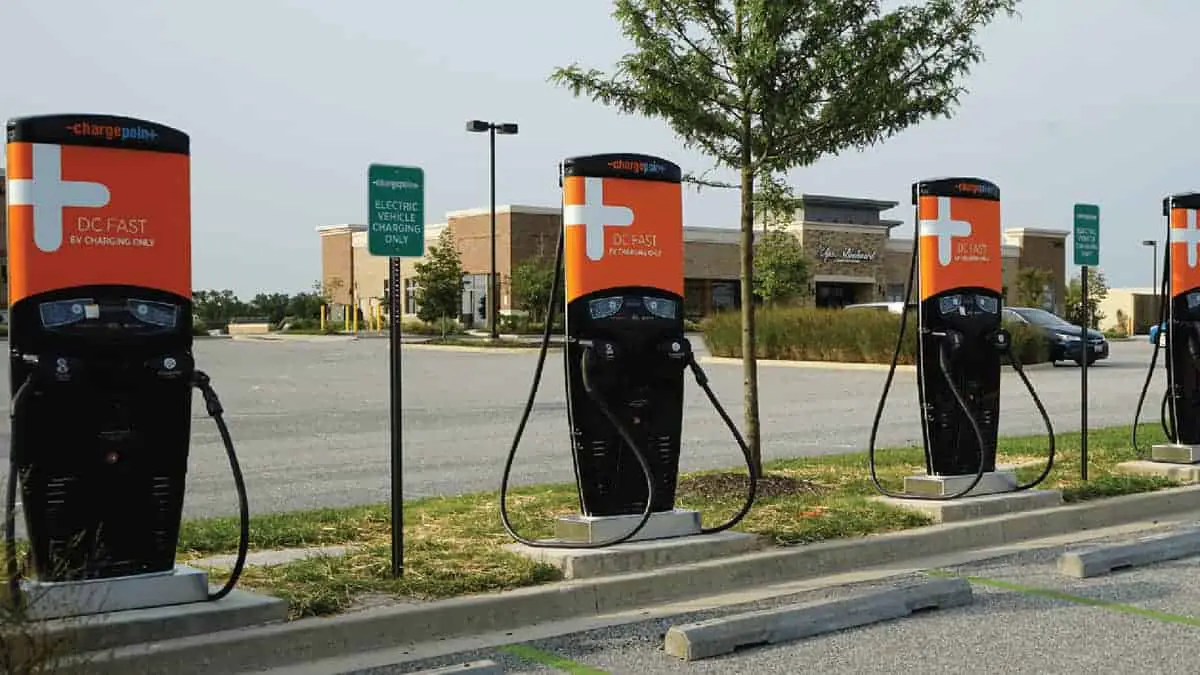
ChargePoint boasts 48 000 public charging stations located in 31 countries, with 31 000 spots located in the US alone. The expansive US network covers up to 29 states and the District of Columbia, with the majority of stations located in California, Texas, and Florida.
As of 2022, the ChargePoint Network has 152 level-1 stations and 157 level-1 ports. They also have 14,155 level-2 stations and 47,114 level-2 ports. Furthermore, they have 1,147 direct-current fast charger (DCFC) stations and 1,675 DCFC ports. DCFC ports are the fastest EV chargers, followed by level 2 and level 1 ports which are considered slow chargers.
Charging Network Coverage
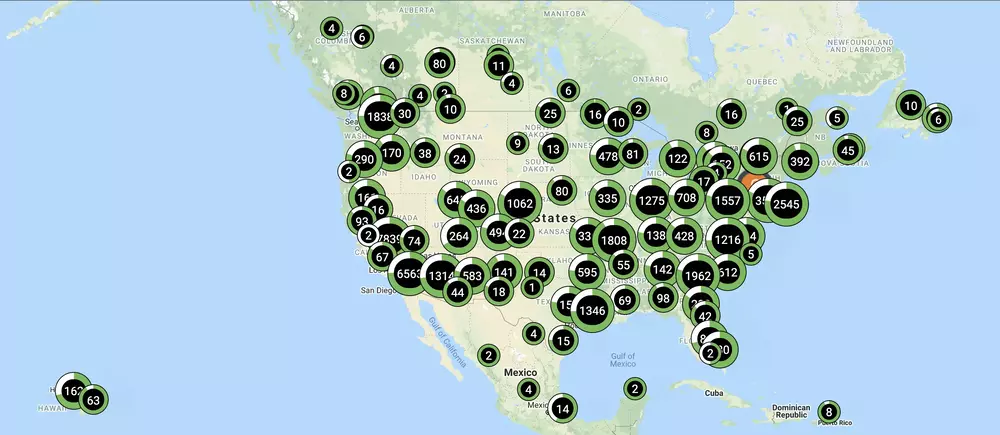
Based in California, ChargePoint allows EV owners to quickly find the charging location closest to them – right from their phone!
ChargePoint has several EV charging stations located nationwide. Here is a breakdown of the ChargePoint stations located across some of the popular US states.
- California
California boasts of the most significant installation of ChargePoint stations with over 2,300 charging spots scattered across the state. Some notable spots include Los Angeles, San Diego, San Francisco, Sacramento, Oakland, and San Jose.
- New York
New York has over 250 stations located across the state. Users can find locations in Brooklyn, Queens, Manhattan, and Long Island.
- Illinois
Illinois has over 135 charging stations located across the state, with Chicago having the highest number of stations installed.
Charging Sessions
ChargePoint set a record in 2017, delivering an average of more than one million public charging sessions per month, up from under 700,000 each month the year before.
ChargePoint says it’s now delivering 8 GWh of electricity in over 1 million electric car charges per month. ChargePoint stations have also provided more than 172 million charging sessions, with drivers plugging into the ChargePoint network on average every second.
Charging Speed
ChargePoint offers a range of charging speeds, according to your current needs and the charging speed that your car supports. Its latest 250-kWh fast chargers are as powerful as Tesla’s fastest Superchargers, but Electrify America boasts Hyper-Fast 350-kWh charging.
The network’s Level 2 stations can charge up to a rate of 22 kWh. ChargePoint Express ports deliver up to 125 kWh. The most advanced electric vehicles are compatible with ChargePoint Express Plus stations, which charge up to 350 kWh, depending on the station’s configuration.
Yes, in addition to their regular charging stations, ChargePoint does also offer public DC fast-charging stations. Remember that these numbers are limited partly by how fast each car can charge.
Though most cars come with the ability for DC fast charging, some models can’t accept a charge this fast.
ChargePoint has two different DC fast charger models:
- The Express 250 delivers 62.5 kW of power with a standalone station, or 125 kW when stations are paired together; feeding off one another to deliver more power.
- The Express Plus can deliver 350 kW of power to a single EV and can quickly scale up if need be in the future.
How Does EV Charging Work?
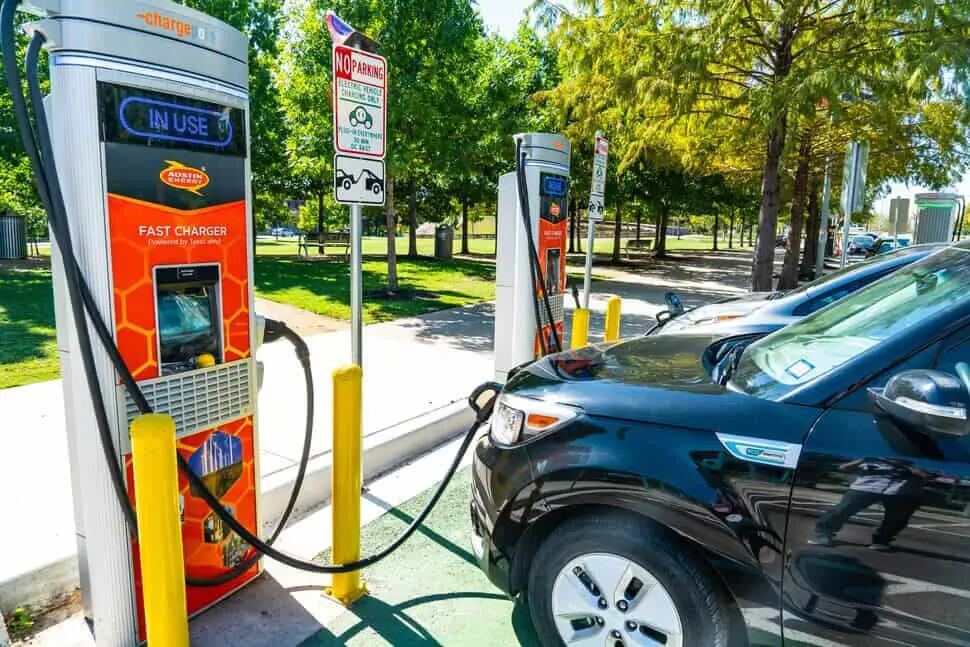
You most likely charge your cell phone or computer often, even if you don’t know a lot about the mechanism by which it works. You just plug in the device and go about your day. EV charging is similar because it connects the battery in your car with a power source that can charge it.
DC or direct current electricity, which is the type of electricity EV batteries use to charge. Typically, a charging station provides AC, or alternating current, which is converted to DC by the vehicle’s “onboard charger”.
DC chargers, on the other hand, provide DC power directly to the battery, skipping the onboard charger so the battery can charge faster. The DC charging spots are powerful enough to charge your EV in under 30 minutes, making them perfect for filling up your battery when you’re pressed on time.
There are three main types of EV charging: Level 1, Level 2, and DC fast. Levels 1 and 2 convert AC to DC using an onboard converter in the EV. Each vehicle’s onboard converter has specific limits on how quickly it can charge.
With DC fast charging, the conversion from AC to DC happens in the charging station, not the EV. This allows stations to supply more power, charging vehicles faster.
- Level 1
“Level 1” charging is just plugging into a standard electrical outlet. Level 1 charging is most convenient for home use, but charges very slowly, offering about 5 miles of Range per Hour (RPH). Level 1 charger is most useful when a vehicle will be parked for several hours.
- Level 2
Some home chargers and most public charging stations are “Level 2.” These stations can add anything from 12 to 25 RPH, depending on the type of EV and its onboard charger. Level 2 charging stations are ideal for times when you’ll be parked for at least an hour, such as at work, restaurants, movie theaters, sporting events, or long shopping trips. Level 2 charges six times faster than Level 1 charging.
- DC Fast
On long trips or when you don’t have time, you’ll probably want a faster charge to get where you’re going. DC fast charging can deliver 100 RPH or more, charging some EVs to 80% in 20-30 minutes.
DC fast charging stations have various power levels. In general, higher power levels charge EVs faster. Not all plug-in cars on the road today have a DC fast charging port. Most plug-in hybrids can only charge at Level 1 or 2.
How Fast Can I Charge?
Many factors affect charging speed. At a basic level, more power equals a faster charge. The type of charger (Level 1, 2, or DC fast) also matters.
In general, larger EV batteries take more time to charge, and EVs with higher-powered onboard chargers charge faster. Batteries also start to charge more slowly as they become fuller.
As an EV owner, you will learn eventually how fast your car charges at different stations. The charging speed you get at a DC fast station depends on the station’s power level, the EV’s battery capacity, and real-time updates from the vehicle to the charger.
Some EVs with smaller battery packs can only take maximum power for a short time before the charging speed slows. DC fast chargers can charge at varying RPH. Check the power level on a DC fast charging station to understand how fast you should be able to charge. After a few DC fast charges, you’ll have a better idea of how quickly your EV charges at different power levels.
ChargePoint User Statistics
As of January 31, 2023, ChargePoint has activated 225,000 ports on its network, which includes approximately 18,900 DC or “fast charging” ports, excluding single-family home ports. ChargePoint’s roaming integrations enable EV drivers to access more than 465,000 additional third-party ports in North America and Europe through ChargePoint’s mobile and in-dash applications.
About 70% of new EV drivers use the ChargePoint online driver portal and mobile app to find nearby charging stations. ChargePoint charging ports account for 42.8% of all US public charging ports and 42.9% of all charging locations.
It boasts more than 4,000 commercial and fleet customers. Also, 76% of the 2022 Fortune Top 50 list of companies rely on ChargePoint.
Related: Blink vs Chargepoint
Partnerships and Collaborations
ChargePoint is in a new era of partnerships, creating one partnership after another. ChargePoint is not getting left behind, following Ford and GM’s partnership with Tesla. However, Tesla Superchargers being the “North American Charging Standard” is a new thing, and the partnership may have been more initiated by Tesla than ChargePoint. [1]
Before the partnership with Tesla, ChargePoint teamed up with Arval.
ChargePoint states this agreement allows fleet, financial and environmental managers, as well as other stakeholders, to take complete control of the management of their electric vehicles, integrate with advanced fleet management systems, and enables them to achieve a high degree of automation in the provision and payment of electric fueling as they move towards full electrification,”.
In April 2023, ChargePoint announced an expanded partnership with ALD Automotive to grow its partnerships internationally. They’ve been working together since 2019, but this is a new avenue they are going down.
With this agreement, we are expanding our relationship with ALD, and enabling more businesses to electrify their fleets,” said Pasquale Romano, CEO of ChargePoint. [2]
In November 2022, Nikola Corporation and ChargePoint Holdings announced a partnership to accelerate the deployment of electric vehicle charging infrastructure for fleets across the U.S. The collaboration will enable Nikola to resell ChargePoint’s comprehensive portfolio of charging infrastructure and software solutions to its fleet customers. [3]
The Fisker and ChargePoint collaboration will provide Fisker EV owners with access to more than 210 000 active ports under management, with over 16 700 DC fast charge ports and over 400 000 roaming ports, making it easy to find reliable charging.
Mercedes Benz also announced that it will be building a network of its own — at least, in partnership with ChargePoint— that will be accessible no matter what make or model of EV you drive.
Mercedes and Chargepoint also plan to establish 400 new charging hubs throughout the US and Canada — 2 500 new DC fast chargers in all — “in key cities and urban population centers.
Related: ChargePoint vs EVgo
Electronic Vehicle Trends
The utilization rate of residential stations is over 40% and over 10% for commercial stations. ChargePoint analyzed usage trends to forecast future station locations.
The usage trends are analyzed regularly and currently, there are more EVs than charging infrastructure at workplaces and multi-family housing. Based on the current trend, more charging infrastructure is required in workplaces, multi-family housing, and public places.
The most important trend for 2023 in the electric vehicle charging solution market is the adoption of the Plug and Charge standard. Plug and Charge is a technology standard for EVs that enables a seamless and secure connection between the EV and the charging station.
This allows for automatic identification and authorization of the EV. So, EV owners simply plug their vehicles into a charging station and start charging without a separate authentication process.
Read Also: Plugshare vs Chargepoint
Conclusion
The ChargePoint network is by far the largest charging network in the US and North America. That goes a long way for peace of mind, especially for EV drivers with lingering range anxiety. Since its inception in 2007, it has grown extensively and caters to almost all electronic vehicles.

